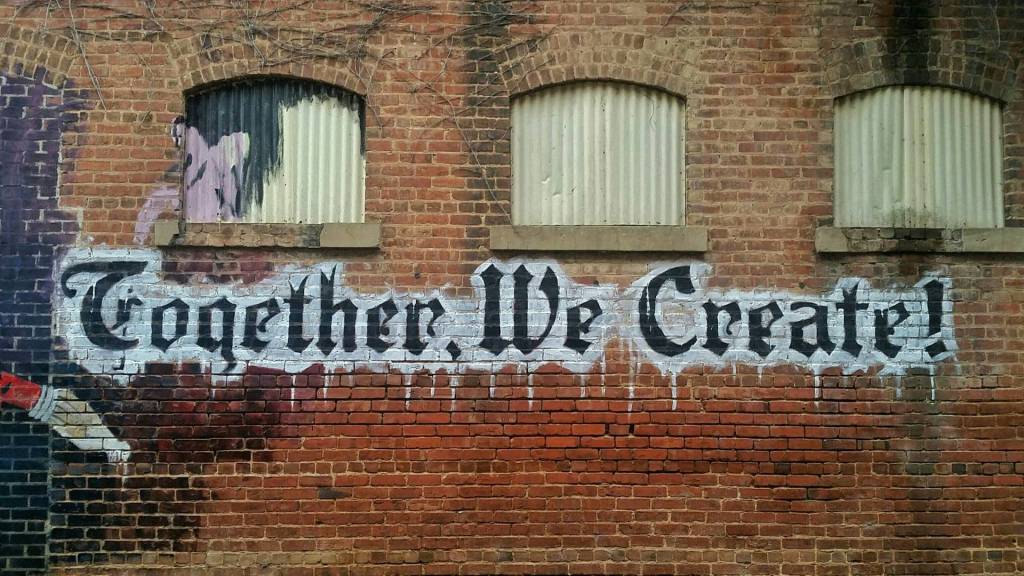This is my first of five posts about what I now call the “Personal Marketing Plan.” Any successful business has a business plan, which is composed of marketing, operations, finances and so forth. Even products have their own miniature plans crafted by season marketing professionals. Guess what? Your brand should have it’s own marketing plan. A plan that you can execute for a successful career. When you combine this plan with a development plan, you have mastered the discovery phase of personal branding.
Situational Analysis: Where you are currently in your career/life. For example, you would write that you’re a student attending Harvard University or a Marketing Associate for Nike. Your current situation is also connected with the amount of resources you have, including your network, personal finances, materials and brand influence. No matter what your age, gender or race is, your brand may have or not have specific skills needed to thrive. That is why you need a plan of attack so that you reach your goals.
- Mission Statement – what is your call to action? Do you want to be promoted to the next level in an organizational hierarchy, write a book or start a blog and how does that fit in your overarching long-term goal? This statement contains your value statement and reason for being. You can compete on price, value, quality, trust, years of experience, specialty skills or even your network, which can provide you with more resources to complete jobs with a faster speed of delivery. You really want to mix your entire brand into one “personal brand statement” that can be easily digested and repeated by others.
- Vision Statement – Where do you want to be in 10 years? A vision statement describes what your brand is destined to be if you put the work in. Most personal vision statements revolve around being a pioneer in a specific niche, while becoming recognized for personal and corporate achievements.
- Projected Annual Compensation – Although I hate to dwell on money, as I feel that if you lead with your brand compensation will follow, it is still essential to successful living and enjoyment. How much is your brand currently worth? Are you paid with a salary, by hour or by project (contract)? Either way, you should calculate exactly what you take in for revenue each year, along with expenses and bottom-line profit after taxes. Where do you hope to be in 2, 5, 10, 15 years? Are you going to get an MBA or start your own company with venture capital? These are all questions that will transpire as you delve into your future income projection. When you view compensation, try and focus both on the number, along with the benefits, such as health care, which hold value as well. Not everyone makes a million dollars in 5 years, so be realistic with your projections. To project, set a growth percentage that you will grow your current salary by. If you’re unemployed, then you start at zero and cannot use that formula until you have a base salary.
- Personal Life cycle – Instead of a product life cycle, much like most traditional marketing plans have, I think there is a personal life cycle that correlates to where you are at different points in your career, as well as life. The personal life cycle revolves around where your brand is currently, not how old you are, much like the “human life cycle,” which we learn about in high school. You ask “what can push me through this life cycle from introduction to decline”? It’s based on how recognizable your personal brand is, as well as influence, power, trust, level of engagement with others and the total combined force and reach of your audience. Here are the four parts:
- Introduction: You have developed your brand at a specific location, such as your school, online with a blog or with your employer. A small fraction of people may know who you are and others are getting used to your presence (feeling you out). People are not sure if they can trust you or the information you provide during this time. Few people are aware of what your brand could produce, so you must prove yourself time and time again (there is no promise for delivery yet).
- Growth: Your brand is starting to gain recognition and momentum, as you learn new skills in your niche and can provide more value. You are starting to be perceived as knowledgeable and people are starting to make remarks about you to their peers. People start inviting you to events to speak. Your blog gains traffic, your subscription count multiplies and you’re highlighted in a few traditional and new media outlets. Note that during your growth stage, you will face competition in your niche and will have to counter by making tighter relationships and establishing trust.
- Maturity: You are spending most of your time speaking at events and handling clients needs. You start investing more time with your family (if you have kids and are married) and less working on self-promotion. Just like a Ferrari or cruise ship, your brand markets itself and is a legacy. It costs you less to make more. You have a Wikipedia page and win a few awards, but you’re really focusing on saving up for retirement.
- Decline: You’re about to execute your exit strategy and either pass down the business to your child or sell it to a larger company for ten times what it was worth years ago. Your brand will always linger in Google and you may choose to keep blogging or participating in the discussion along the way, serving as a mentor and resource for all of those that want to hopefully fill your shoes someday.












